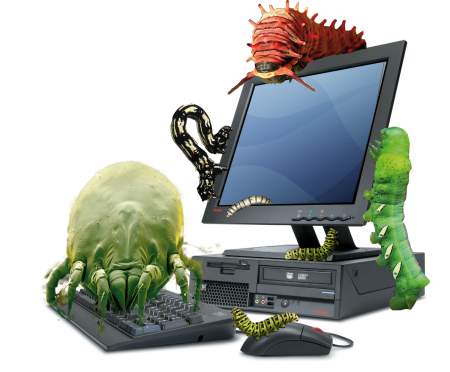
Surfers who see ads when they visit Wikipedia are likely infected with malware, the online encyclopedia warns.
Wikipedia relies on donations to fund its work, resisting the temptation to put ads on its pages. So internet users who see commercial ads when they visit the encyclopedia are been served content via cybercrime affiliates, a blog post by Wikipedia explains:
http://blog.wikimedia.org/2012/05/14/ads-on-wikipedia-your-computer-infected-malware
"We never run ads on Wikipedia. Wikipedia is funded by more than a million donors, who give an average donation of less than 30 dollars. We run fundraising appeals, usually at the end of the year.
If you're seeing advertisements for a for-profit industry (see screenshot for an example) or anything but our fundraiser, then your web browser has likely been infected with malware."Wikipedia doesn't warn over any specific malware but rather about the symptoms of click fraud, one of they more common ways that virus writers turn an illicit profit. The approach was used as the business model behind the infamous Flashback Trojan, which notoriously created a huge botnet on Mac machines until Apple belatedly patched the Java vulnerability that the malware had exploited. Cupertino released a clean-up tool earlier this week:
http://support.apple.com/kb/DL1534An updated
analysis by Symantec:
http://www.symantec.com/connect/blogs/osxflashback-how-turn-your-botnet , published on Wednesday, reveals that over a three-week period in April, the botnet displayed over 10 million ads on compromised computers. "Approximately 400,000 of those ads were clicked on, which would have netted the attackers $14,000 if they were able to collect it," an anonymous Symantec researcher explains. "Many PPC providers employ anti-fraud measures and affiliate-verification processes before paying. Fortunately, the attackers in this instance appear to have been unable to complete the necessary steps to be paid.
"It is estimated the actual ad-clicking component of Flashback was only installed on about 10,000 of the more than 600,000 infected machines. In other words, utilising less than 2 per cent of the entire botnet the attackers were able to generate $14,000 in three weeks, meaning that if the attackers were able to use the entire botnet, they could potentially have earned millions of dollars a year," Symantec adds.
(ElReg)
 Total Members: 14197
Total Members: 14197 Latest: Levine
Latest: Levine Total Posts: 43438
Total Posts: 43438 Total Topics: 16532
Total Topics: 16532 Online today: 3056
Online today: 3056 Online ever: 51419
Online ever: 51419 Total Members: 14197
Total Members: 14197 Latest: Levine
Latest: Levine Total Posts: 43438
Total Posts: 43438 Total Topics: 16532
Total Topics: 16532 Online today: 3056
Online today: 3056 Online ever: 51419
Online ever: 51419